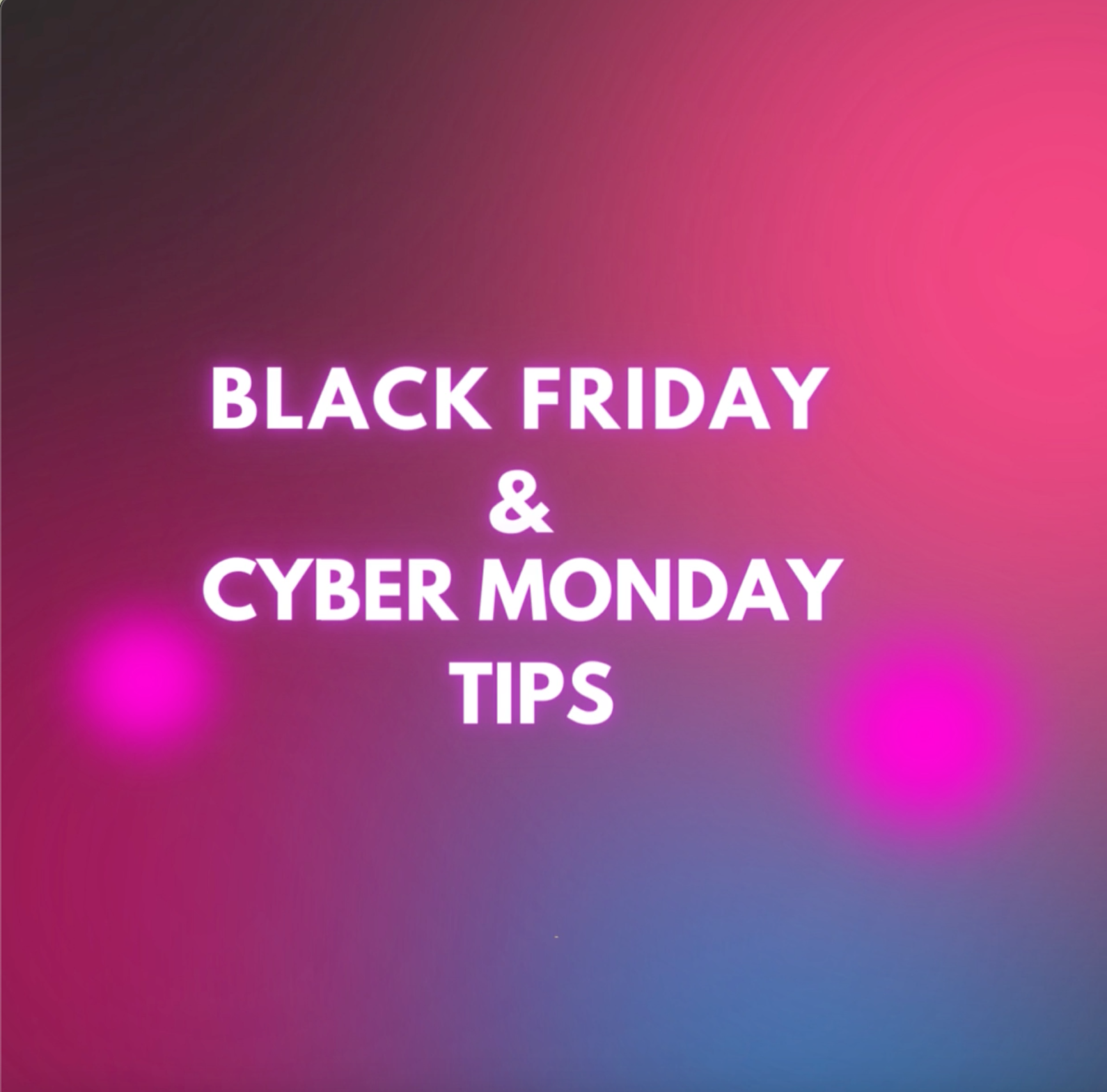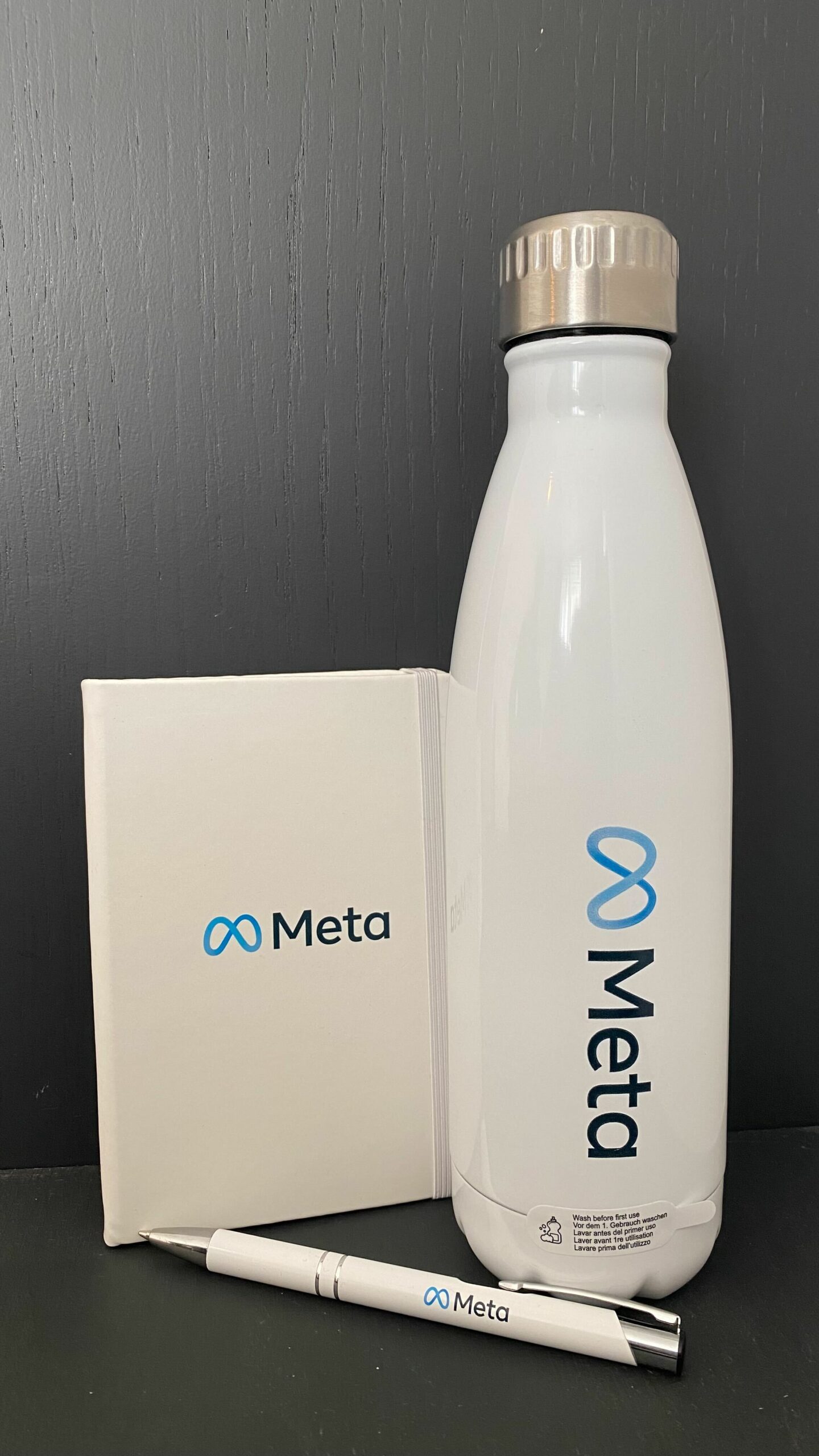Author: Paul Court
Grindr Ads… another string to one’s bow.
The interesting world of In-Dating App advertising. For a very recent client campaign, we were tasked with composing a strategy for an LGBT+ Charity to drive awareness of their Phone Line service (similar to the fantastic work that the Samaritans do) during the Christmas period when some people find it tough to go back home and see family, specifically if they haven’t come out to loved ones.
A super interesting client brief deserved an equally interesting marketing approach. The strategy was to utilise in-app ads in popular dating apps – Grindr / Tinder / Bumble / Hinge etc. as well as more traditional media channels – like Meta. The dating app advertising ecosystem is a new area of display ads that so far hasn’t come up with any of our other clients.
So here’s the low-down on the different platforms and what to look out for:
Grindr Ads
Grindr was a relatively simple place to start given the majority of app users are of the target audience here. The platform is relatively intuitive but is a bit of a throwback to something out of the 90’s. Check the amazing word-art-esque campaign selection options!!
Targeting options are restricted to just Geo-Targeting but you can get quite granular with this, down to specific city / regional level which was perfect for what we needed. After that, it’s a case of setting your budget and a Max CPM bid and off you go! What’s astounding is the level of engagement we were able to generate – A perfect blend of awesome creative and highly targeted ads was able to reach over 250k people and drive a 12-13% Click-Through-Rate – clearly stronger than most other forms of digital advertising.
Tinder / Hinge and the rest
Match Media Group operates the advertising within the other popular dating apps. It offers a managed service and does also have a minimum budget requirement which was slightly above our client’s threshold. On the website form, it states a $25k budget requirement but were willing to decrease this to $10k… Couple this with the fact that you cannot target advertising by sexual orientation meant that the channel became unviable for this specific audience requirement.
As with all campaigns, reaching the right audience, with the right message at the right time is what wins out in the end. Being laser focused drove some incredible results and I can now say I’m a fully qualified Grindr Ads expert!
The resurgence of app marketing… God, it’s complicated now
In the last few months, we’ve seen somewhat of a renaissance of the App. Existing clients have launched new apps and we’ve received more App-related briefs than ever since mid-summer. Now this may be pure coincidence across our sample set but given everything that’s going on in the world with a recession endlessly looming, cost of living increases and the expectation of squeezing margins and tightening costs for businesses, are companies revitalising their App efforts? Maybe this is in the hope of driving improved customer retention, improved personalisation and conversion to increase their profitability position. Who knows!
Now, the main thing that has emerged is the vast amount of changes to tracking and transparency over the last few years. We’ve all been well aware of the iOS14 changes that ultimately changed the way we track, optimise and set-up campaigns. Until now, the impact has been somewhat limited to the Web for our clients and we were protected from the real horrors that exist in the app world.
Prior to the iOS changes, I managed a large amount of App campaigns through all the expected channels, Google (Universal App campaigns back in the day), Facebook, App Search etc. and used mobile measurement partners like Adjust, Appsflyer, App Annie to do reporting so had plenty of experience in setting up and reporting on performance, cohorts, retention and so-on. But things have changed, so If it’s been a while since you’ve ran app campaigns, here’s some key things to watch out for:
- Nothing works as you’d expect anymore and don’t get me started on GA4.
When we work with our ecommerce clients on driving revenue and ROAS from web campaigns, there’s a relatively formulaic approach to measuring performance – pixel set-up, more recently Server-to-Server integrations with the channels and then using Google Analytics as the Single Source of Truth to understand channel interactions and a more realistic view on ROAS.
For App, most campaigns won’t work without a mobile measurement partner in place – You can’t run Google campaigns without one – Google’s preference is to run with Firebase and GA4 but do also support third party integrations. We’ve tried both ways and there’s trials and tribulations around both, particularly within the partner integration settings and the flow of data between the channels and measurement platforms. Often data is unavailable in the platform for no discernible reason 😠 If you’re setting up a mobile measurement partner for Google, you may as well utilise their integrations for other channels as well but more often than not, you’ll be using a combination of Firebase + a third party tool as none of them really seem to cater for all needs.
The introduction of GA4, for me, has been a disaster. Everyone is expected to upgrade to GA4 by June next year but the reality is that the knowledge share and documentation from Google has been, at best, piss-poor. The deprecation of the cookie is driving the urgency here but Google seems to have forgotten to take everyone (from Marketers, to Developers to Analytics Departments) on the journey. Apple’s introduction of the App Tracking Transparency Framework has also put everyone on the backfoot but with the clout that Google has, you’d expect a more seamless upgrade process. Clients using Universal Analytics (often UA 360 with the associated subscription fee) are often in contracts on UA360 and have yet to receive contact about how and why they need to upgrade to GA4 – the introduction of a new GA4 account is therefore a low priority, despite it being almost essential to run App campaigns.
- SKAN for iOS is now a thing.
SKAdNetwork has been around since 2018 but rarely impacted the way in which we tracked campaigns but with the introduction of the App-Tracking Transparency measure put in place by Apple, activity for iOS campaigns is often now tracked by SKAdNetwork. Nowadays, to preserve privacy, performance data is aggregated (something which performance marketers hate) to provide a ‘view’ of performance. There’s now no-real time view on performance/ROI/LTV and data postback can take anywhere between 24-72 hours – which in a fast paced digital world, makes no sense. This makes optimisation of activity particularly difficult and managing client expectations on access to real-time data (which is now the norm) has been challenging.
- User Journey Complexities & Deep-Linking
As we’ve often said in previous articles, a customer’s journey is more like a plate of spaghetti than a linear path to conversion. Throw an app into the mix and it only increases the complexity. Catering for high value and probably your best customers is crucial in driving performance but it’s against a backdrop of the most challenging picture in terms of tracking their behaviour. App, at present, is a black hole of data but would provide the most significant insights as to better optimise your marketing efforts. Deeplinking is the main solution area to drive customers who’ve installed the app into the more-optimised user journey but in my experience, developers have little experience in deeplinking set-up from web to app with even less experience on how that affects channel performance.

My main gripe with all of the challenges faced is actually the lack of support and expertise there is out there around App. Herein lies the problem, right now – can anyone actually be an app marketing expert? The changes are constant due to the nature of how transparency and privacy is evolving so everyone is scrabbling around for answers and solutions. The best approach is to stay flexible and inquisitive about the latest innovations within App and keep bringing them to the table.
Now whilst I’ve had a bit of a rant… we must remember that we’re entering a new dawn in terms of transparency and privacy and businesses will have to adapt to the ever changing view of performance. Perhaps what is most encouraging is that instead of focusing on historical ROI performance, we could move to a predictive analytics mindset which could drive marketing performance to the next level – taking people on the journey will be our biggest challenge.
You can’t teach an old dog new tricks but I’ve been jumping through burning hoops the last 6 months. These app challenges have re-invigorated my intrigue into analytics and true digital marketing strategy – it’s been invaluable in providing us with even more insights into how to help drive clients forward!
The 6 Most Exciting updates from Google Marketing Live 2022
My definition of exciting has certainly changed over the years but after watching almost two hours of the Google Marketing Live 2022 Keynote, I’ve distilled the key info down into bitesize chunks so you don’t have to…
- Lead Funnels
With the evolution of enhanced conversions to enhanced conversions for leads, Google will soon be able to import offline lead status data and build lead funnel reporting directly in Google Ads. We’ll soon be able to connect what happens to a lead once it goes through to the sales funnel, re-import that data back into Google and eventually be able to optimise campaigns to Converted Lead status, closing the data black-hole from Ad Click to Converted Lead. B2B marketers have been desperate for this evolution for a long time! Hubspot will support Enhanced conversions for leads as well as already being available for Telium, Segment, Mparticle and Adobe. No mention of Salesforce just yet…
- Google Business Messaging
This is a big development to bring Live Chat functionality to Ads, one of the case studies references responding to over 40,000 customer questions and driving 1,300 new business leads. If you’re like me and don’t like filling out forms or speaking to people on the phone then Live Chat has been revolutionary in accessing support in a timely manner. We can see lots of use cases of this particularly with our B2B clients who are focusing on quality lead generation. One thing that would be necessary to balance would be the influx of customers vs. leads via this channel – something we’d keep a close eye on!
- Performance Max
As announced earlier this month, Google is upgrading all Smart Shopping campaigns to become Performance Max campaigns which is a big shift to more automation, jumping out of the safe-haven of shopping and extending to all Google properties – Search, Display, Maps, YouTube, Gmail! This is another step to make campaign creation and optimisation easier for the marketer and focus more on leveraging Google’s Machine Learning capabilities to drive better performance. A number of our clients are currently running Performance Max campaigns and the claims that it does increase volume and improve efficiency have so far held true amongst our data set.
- Target Return On Ad Spend (ROAS) / Broad Match
Another claim from the Keynote was that companies who utilise Broad Match with a Target ROAS have seen a 20% increase in conversion value for no drop in ROAS. This is down to improvements in Machine Learning models which are now more than 50% better at understanding human language and therefore search behaviour. Historically, Pure Broad match was generally an efficiency killer, hence the introduction of Broad Match Modifier and later Near Phrase Match. Google is now rolling back to Broad search but with improved performance. Again, this strategy is something we’ve been testing amongst our client set and we have seen the corresponding performance – Google hasn’t gone crazy with the spend but has found additional volume opportunities at the same Target ROAS.
- More Visual Search Engine Result Pages (SERPs)
A big focus across the keynote was the introduction of Visual & Immersive experiences in the SERP. We know that Images tend to drive stronger CTRs and the continued introduction of more content on the SERP (knowledge graph, maps, images) shows no sign of slowing down. One of the key announcements was the introduction of more visual ads which means that image extensions and dynamic image extensions will gain increasing popularity. This adds particular focus on product imagery for those in the eCommerce space. Immersive Ad experiences such as AR for Shopping will also become available!
- Checkout on Merchant
As with other Platforms, Google is also focusing on speeding up the checkout experience particularly from Google Shopping. Checkout on Merchant allows a user to select their product and head straight to the checkout page from Google Shopping, rather than following the traditional Product Page > Add to Cart > Checkout funnel, reducing the click path significantly.
If you do fancy the full 2 hour slog through the keynote… watch the full video below (top tip: skip the first 18 mins):




